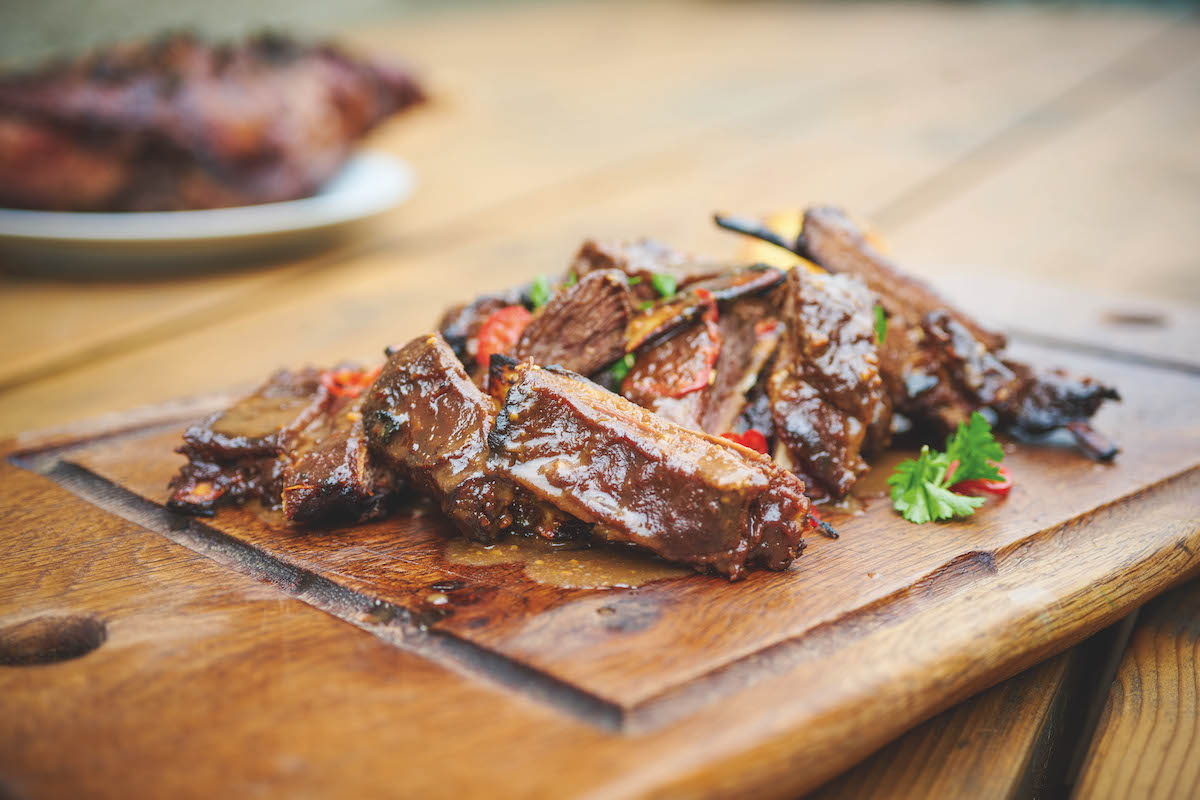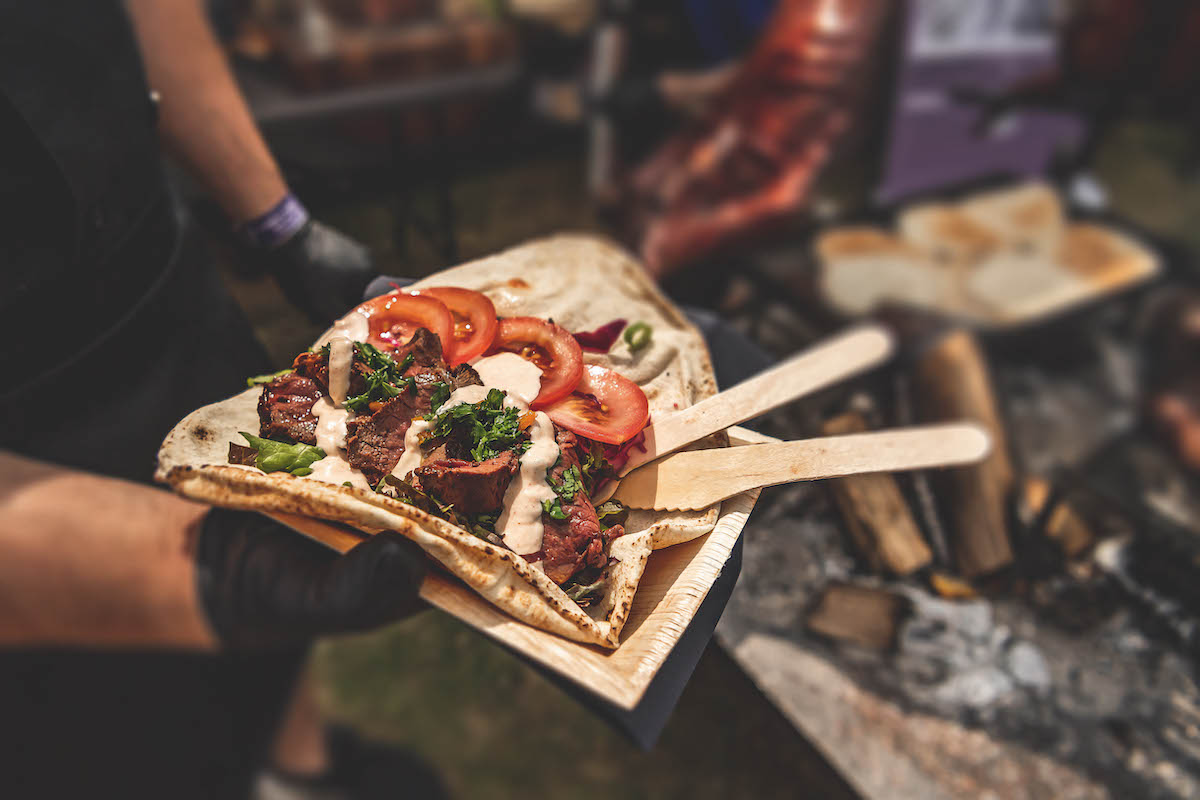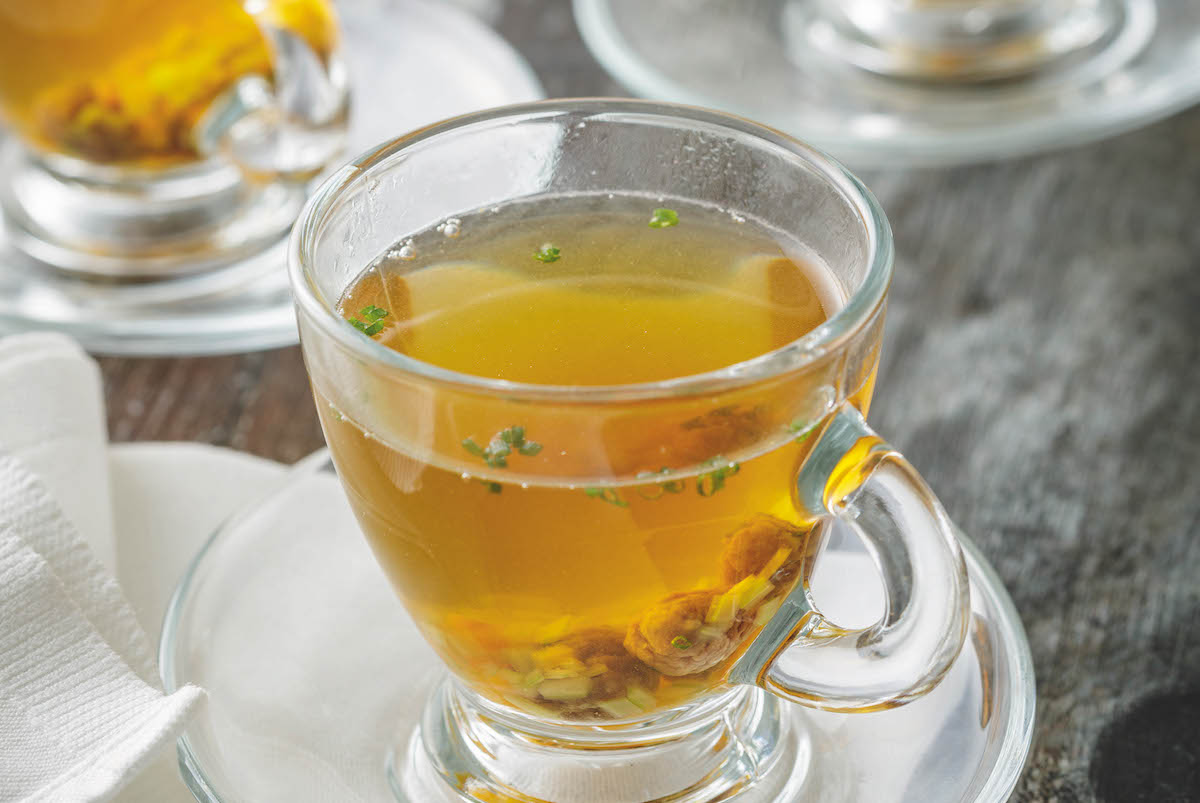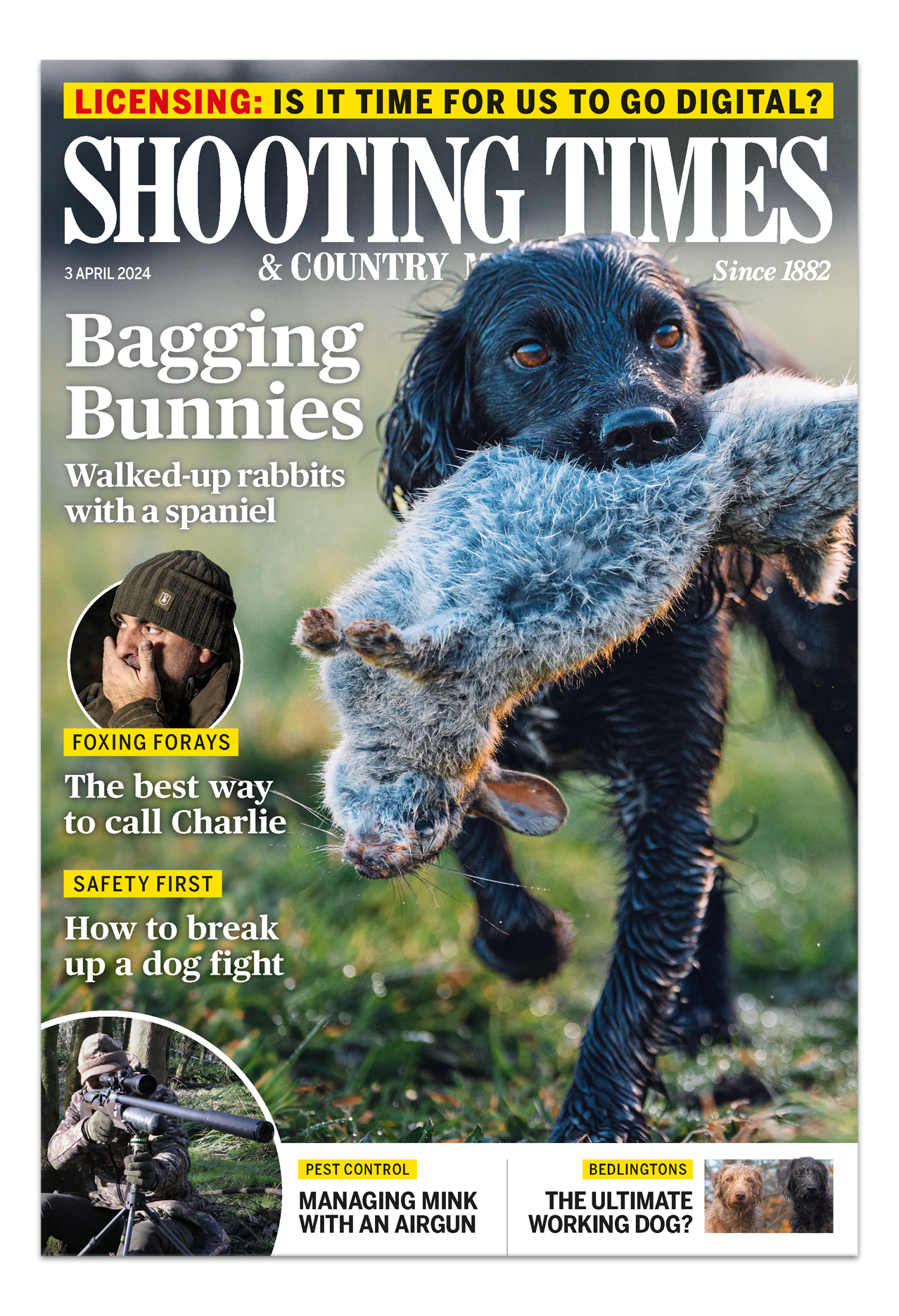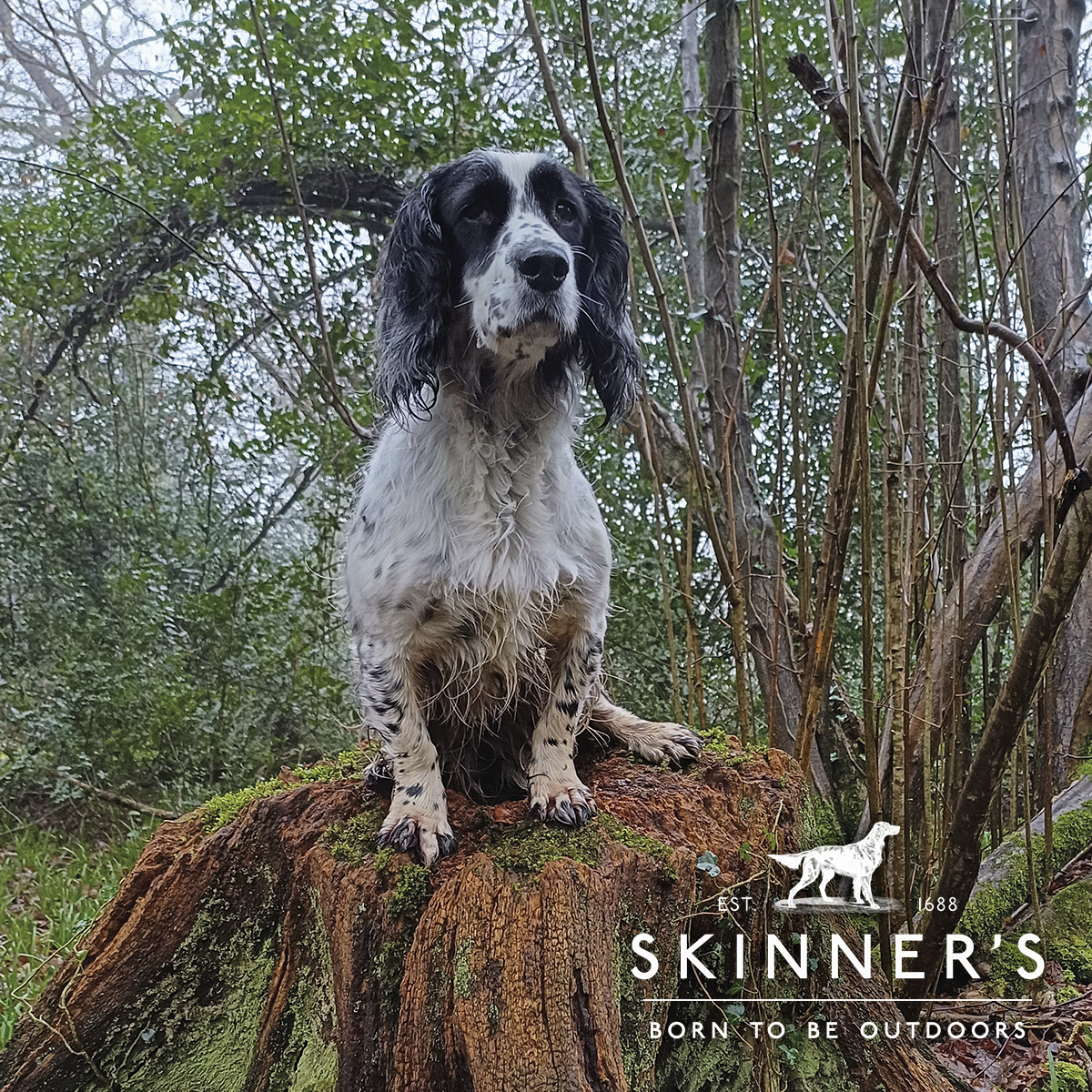Grilled rosettes of venison, chasseur and soya bean sauce
Jose Souto conjures a dish of venison rosettes in this delicious recipe for Shooting Times. Serves eight.
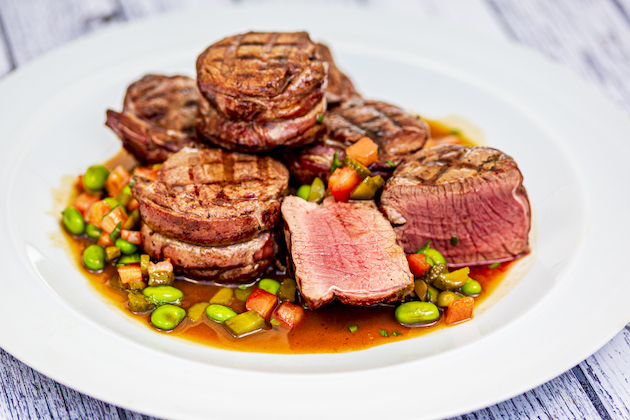
Jose Souto - Rosette of Venison.
Grilled Rosettes of Venison, Chasseur and Soya Bean Sauce
Ingredients
- Oil for cooking
- 250g venison trim
- 1 litre venison stock (or brown chicken stock)
- 2 tsp tomato purée
- 1 glass red wine
- 1 Fallow loin, with enough breast meat for it to surround the loin, tied and cut into rosettes
- 150g frozen soya beans
- 50g baby gherkins, finely chopped
- 4 tomatoes, skinned, deseeded, and chopped into 1cm dice
- ½ tsp chopped tarragon
- Salt and pepper
- In a pan, heat some oil to smoking hot. Add the venison trim, fry off with good colour. Meanwhile, bring the stock to a boil.
- Once the trim is coloured well, add the tomato puree. Mix well, then add the red wine and reduce by half.
- Add stock to the wine and reduce by three-quarters. If it is a good-quality stock, it should naturally thicken to coat the back of a spoon. If still a bit thin, thicken with a little cornflour and keep it warm.
- Brush the rosettes with oil, season and then cook them on a barbecue or barred griddle plate. Place them one way, so that they get a bar mark. Lift and turn them anticlockwise and place them on a virgin part of the grill, so that you get the criss-cross bar marks. Then turn them over and repeat.
- Cook to your preference. Taking core temperatures is a good way to show to what degree the meat is cooked — 51°C to 60°C is blue, 62°C to 65°C is rare and 65°C to 70°C is medium.
- Once the venison is cooked, allow it to rest. Add the remainder of the ingredients to the sauce.
- Warm together and serve with the rosettes.
A magical experience
The fallow rut is a special time of year for me and each stalk is an incredible experience. This year, the rut was later than usual in my neck of the woods. Unseasonably mild weather may have held the deer back and, though there were signs of rutting stands, there were no sounds in the early hours or the late evening. (Read deer stalking seasons here.)
Recently, I planned an outing with my good friend and partner in crime on The Game Larder books, Steve Lee. Cold weather seems to kick-start the deer and that’s exactly what we had a couple of days prior to our stalk. Arriving at the estate in late evening, we kitted up and started out. As we walked around the woods, on my preferred route for the weather conditions, we saw a group of fallow does staring at us.
They stood and watched us for quite a while before melting off into the woods. Then something else caught my eye and a muntjac buck skirted along the edge of the wood in front of us, about 80 yards away. I followed it in the scope, pushing the safety off, waiting for it to stop. It did for a second, then moved again. It did this three or four times, then slowly stepped out into a clearing and stopped again.
I was about to pull the trigger, but it moved again, facing away from me. Had I missed my chance? As it edged away, I gave a low whistle. It turned its body side on and presented a safe, clean shot. Steve and I collected our prize and headed back to the car. As we crossed on to the main ride, it started — the grunts of rutting fallow all around us.
We stood there quietly, knowing the deer were not far away. As we were about to move, out stepped a large fallow buck with great palmated antlers, grunting and thrashing around. He was only 50 yards from us, but he ran back into the trees, answering more grunts from a rival on the other side of the wood.
You don’t have many encounters like that and, for both of us, it was one to remember and savour.

